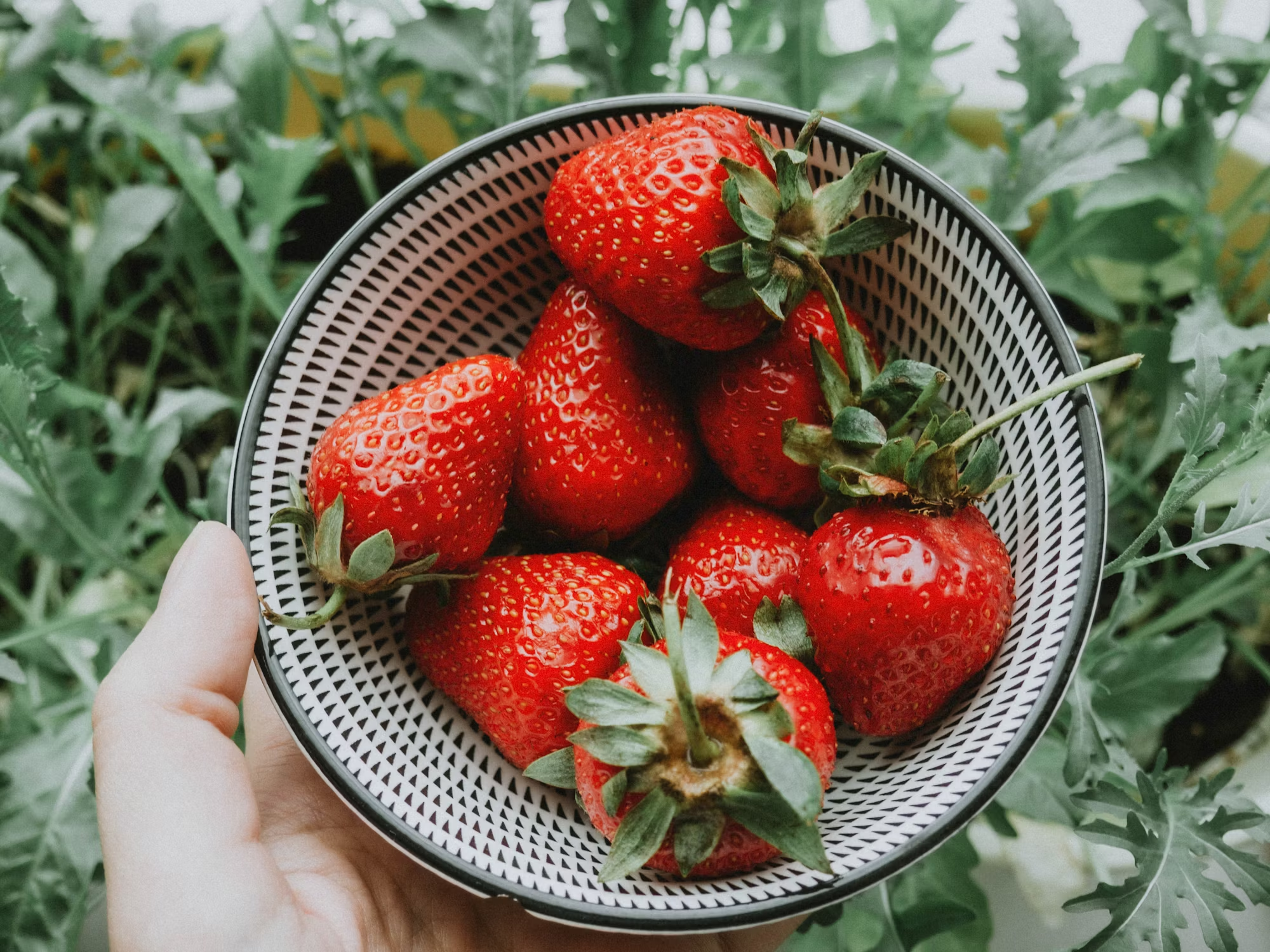Grilling is one of the most beloved cooking methods worldwide. Whether it’s a summer barbecue in the backyard, a cookout at the beach, or a holiday gathering, grilling brings people together over delicious food and unforgettable flavors. For some, grilling is a weekend tradition; for others, it’s an art form. But no matter your level of expertise, mastering the grill requires understanding key techniques, having the right tools, and knowing which ingredients and recipes will truly make your BBQ shine.
The Essentials of Grilling
Grilling is as much about technique as it is about flavor. To achieve the perfect grill marks and smoky flavors, you need to understand how heat works on the grill, how to control your grill temperature, and what kinds of food work best on the grill.
1. Understanding Direct vs. Indirect Heat
One of the most important things to understand when grilling is the difference between direct and indirect heat. Direct heat involves cooking the food directly over the flame or hot coals, and it’s ideal for foods that cook quickly, such as burgers, steaks, and vegetables. Indirect heat, on the other hand, involves cooking the food beside the flame, allowing for slower cooking, and is great for larger cuts of meat, like whole chickens or ribs.
2. The Role of Temperature Control
Whether you are using a charcoal grill or a gas grill, temperature control is key to achieving great results. For charcoal grills, the heat is controlled by adjusting the amount of air flow (by opening or closing the vents) or moving the coals closer or farther from the food. For gas grills, you can adjust the burners to increase or decrease the temperature.
Knowing how to monitor and adjust the temperature ensures that you don’t end up with food that’s overcooked on the outside but undercooked on the inside. A good rule of thumb is to have a two-zone setup—one side for high heat (for searing) and the other for low, indirect heat (for cooking through).
3. Preheating the Grill
Before you even think about placing your food on the grill, preheating is essential. A hot grill will create those beautiful grill marks and help your food cook evenly. For a charcoal grill, this means letting the coals burn down until they’re covered in white ash, while for a gas grill, simply turning on the burners and letting the grill heat up for 10-15 minutes will suffice.
4. The Importance of Oil
Grilling can be tricky when food sticks to the grates. To prevent this, oil your grill grates before cooking. Simply dip a paper towel in vegetable oil and use tongs to rub it over the grates. This will help create a non-stick surface and make flipping food much easier.
The Tools Every Grill Master Needs
Having the right tools can make all the difference when grilling. While you don’t need an entire arsenal of gadgets, there are a few must-have items that will elevate your grilling experience.
1. A Good Set of Tongs
Tongs are essential for flipping, rotating, and moving food around on the grill. A long pair of stainless steel tongs will give you the grip and control needed to handle hot food with ease. Make sure they’re sturdy and comfortable to hold.
2. A Meat Thermometer
One of the most common mistakes in grilling is overcooking or undercooking meat. A meat thermometer is an essential tool that allows you to check the internal temperature of your food without cutting into it. This ensures that meats like steaks, chicken, and pork are cooked to perfection.
3. Grill Brushes
Cleaning your grill after each use is important for maintaining hygiene and ensuring that your food tastes great. A grill brush with stiff bristles will help you remove any leftover food particles or grease. For best results, clean your grill when it’s still warm (but not hot) to make the job easier.
4. A Grill Basket
A grill basket is particularly useful for grilling smaller items like fish, shrimp, or vegetables. It helps prevent delicate foods from falling through the grill grates while still allowing the heat and smoke to infuse the food.
5. A Quality Grill
Of course, the most important tool is the grill itself. There are many types to choose from, but the two most popular are gas and charcoal grills. Gas grills provide convenience with quick heat and easy temperature control, while charcoal grills offer a smoky flavor that many BBQ enthusiasts swear by. For those serious about grilling, investing in a high-quality grill is well worth it.
Popular Grilling Recipes
Grilling is an opportunity to experiment with different flavors, marinades, and techniques. Whether you’re grilling classic meats like steak or chicken or opting for plant-based alternatives, the options are endless. Here are a few crowd-pleasing recipes that are perfect for any grill master.
1. Classic Grilled Steak
There’s nothing quite like a perfectly grilled steak, and the key to achieving that perfect sear lies in temperature and timing. Start with a high-quality cut of beef, such as ribeye, sirloin, or tenderloin. Season it simply with salt and pepper, then sear it over high heat for 3-5 minutes on each side, depending on your desired level of doneness. For the best results, let the steak rest for 5 minutes before slicing to allow the juices to redistribute.
2. BBQ Chicken
Chicken is a staple on the grill, and BBQ chicken is always a hit. To prevent dry, tough chicken, marinate it in your favorite BBQ sauce for several hours before grilling. Start by grilling the chicken over indirect heat to cook it through, then finish it off over direct heat to get a nice crispy, caramelized skin. You can also baste the chicken with more BBQ sauce during the grilling process for extra flavor.
3. Grilled Vegetables
Grilled vegetables are the perfect complement to any BBQ, and they’re easy to prepare. For a great mix, try grilling bell peppers, zucchini, onions, and mushrooms. Toss them in olive oil, garlic, salt, and pepper before grilling them over medium heat for 4-5 minutes per side. For added flavor, drizzle with balsamic vinegar or top with fresh herbs after grilling.
4. Grilled Salmon
Grilled salmon is a healthy and flavorful option for the grill. Start by brushing the fish with olive oil, lemon juice, and herbs like dill or parsley. Grill the salmon over medium heat for about 4-6 minutes per side, depending on thickness. To prevent the fish from sticking to the grates, you can grill it in a foil packet or on a grill mat.
5. Veggie Burgers
For those looking for a plant-based grilling option, veggie burgers are a great choice. Made from ingredients like black beans, quinoa, and sweet potatoes, these burgers can be seasoned with herbs and spices to mimic the flavor of traditional meat patties. Grill them over medium heat for 3-4 minutes per side until they’re crispy on the outside and heated through.
Grilling Safety Tips
While grilling is fun and delicious, it’s important to keep safety in mind. Here are a few tips to ensure you enjoy your grilling experience without any issues:
1. Never Leave Your Grill Unattended
Grills can reach very high temperatures, and a small fire can quickly get out of control. Always stay near the grill while it’s in use, and never leave it unattended.
2. Keep a Fire Extinguisher Nearby
Accidents can happen, so it’s always a good idea to have a fire extinguisher nearby when grilling, especially if you’re using a charcoal grill.
3. Use Heat-Resistant Gloves
Handling hot grills, grates, or cooking tools can result in burns if you’re not careful. Wear heat-resistant gloves to protect your hands when handling anything hot.
Conclusion
Grilling is one of the most enjoyable and versatile ways to cook. Whether you’re preparing a classic steak, experimenting with new recipes, or cooking for a crowd, there’s always room to improve and refine your grilling techniques. With the right knowledge, tools, and ingredients, you’ll be able to create mouthwatering meals that impress friends and family. So fire up the grill, experiment with different flavors, and enjoy the art of grilling!









